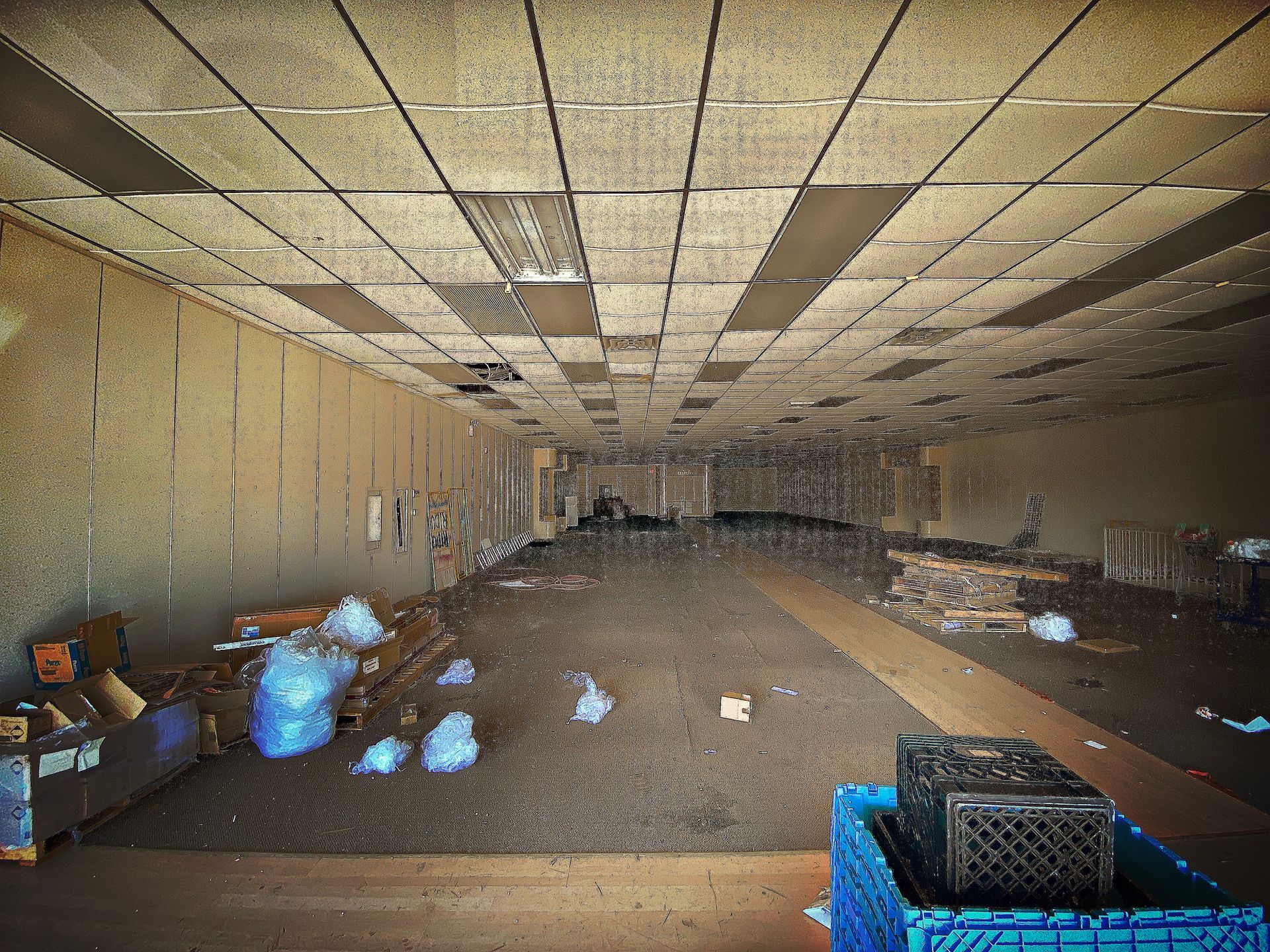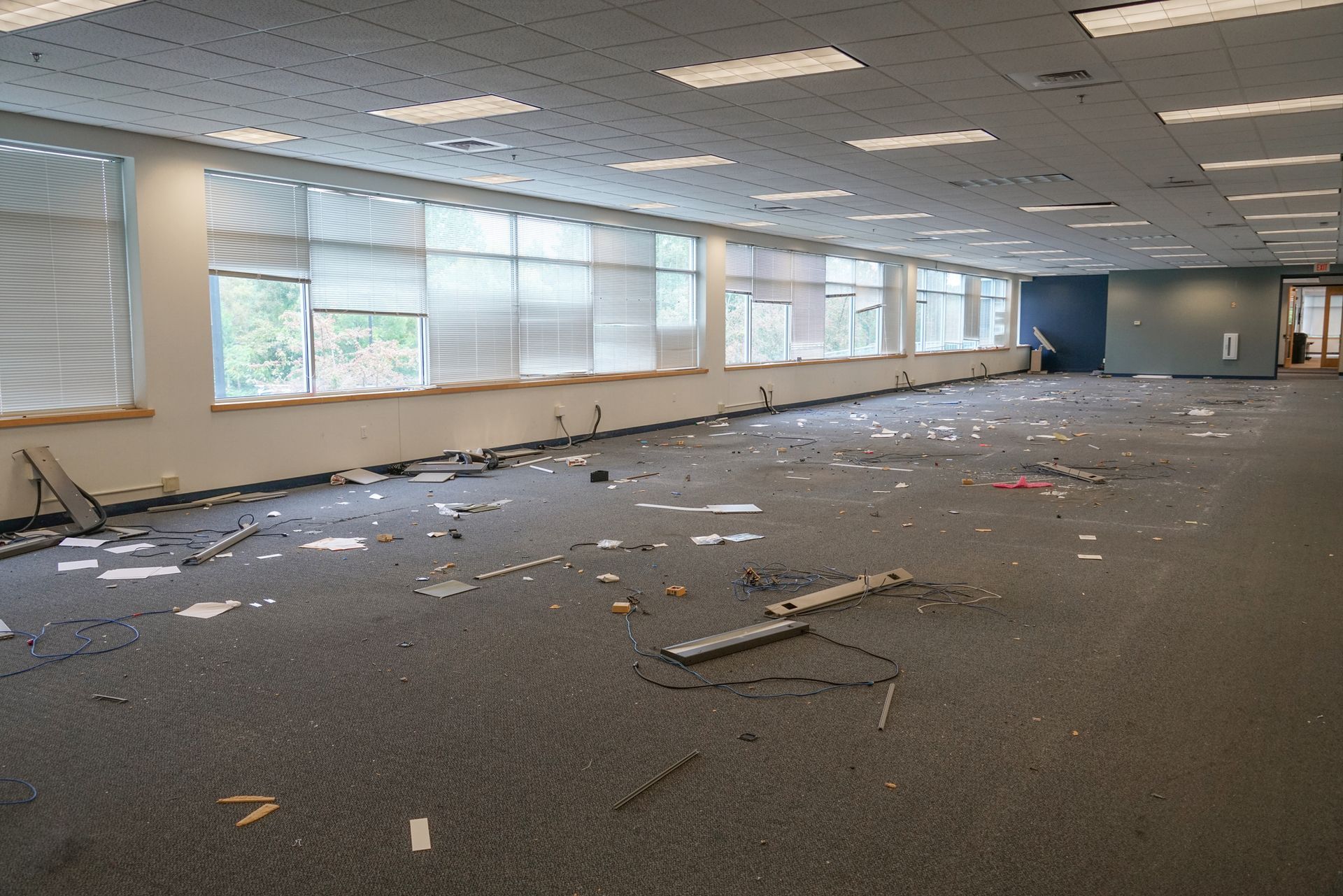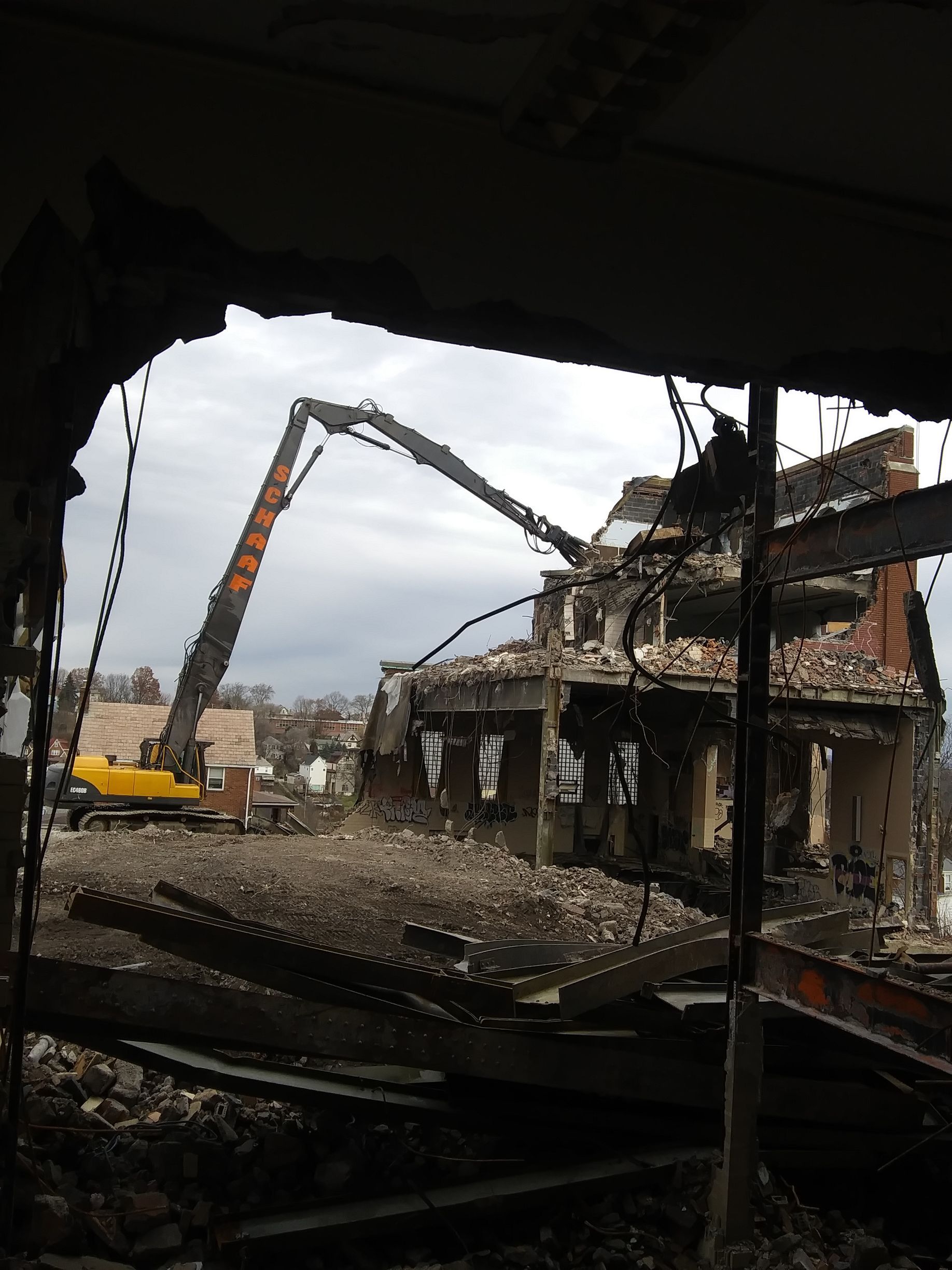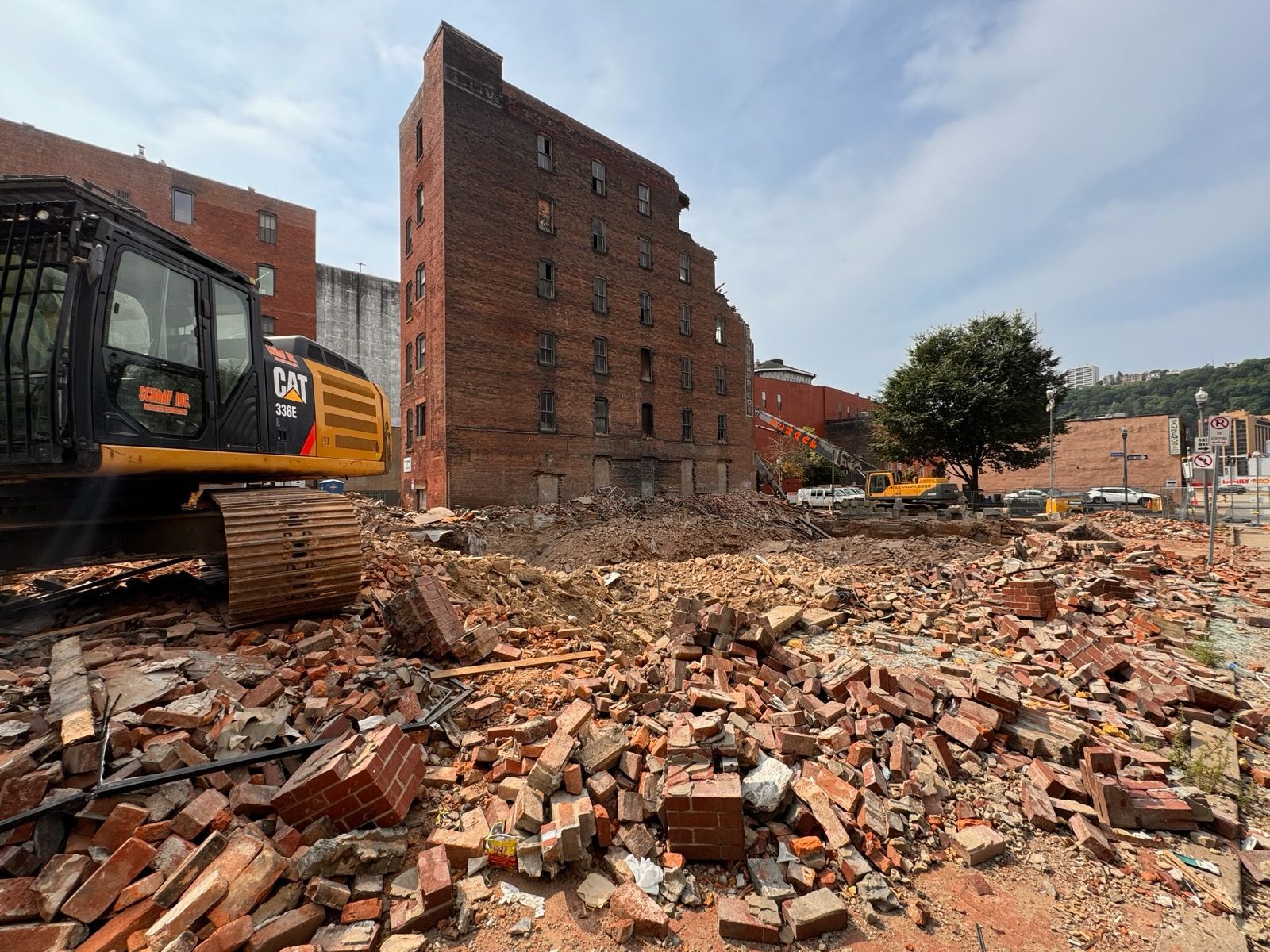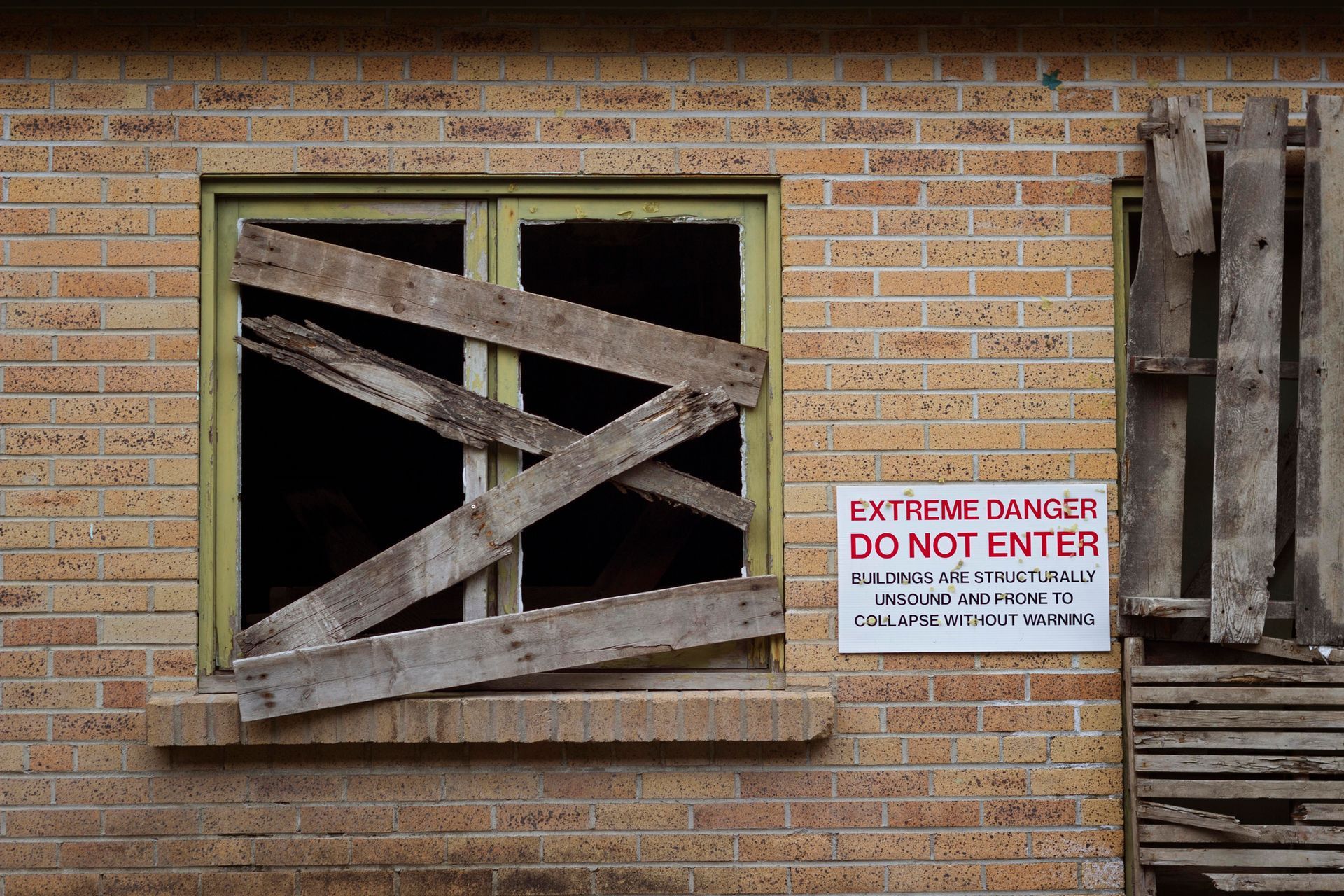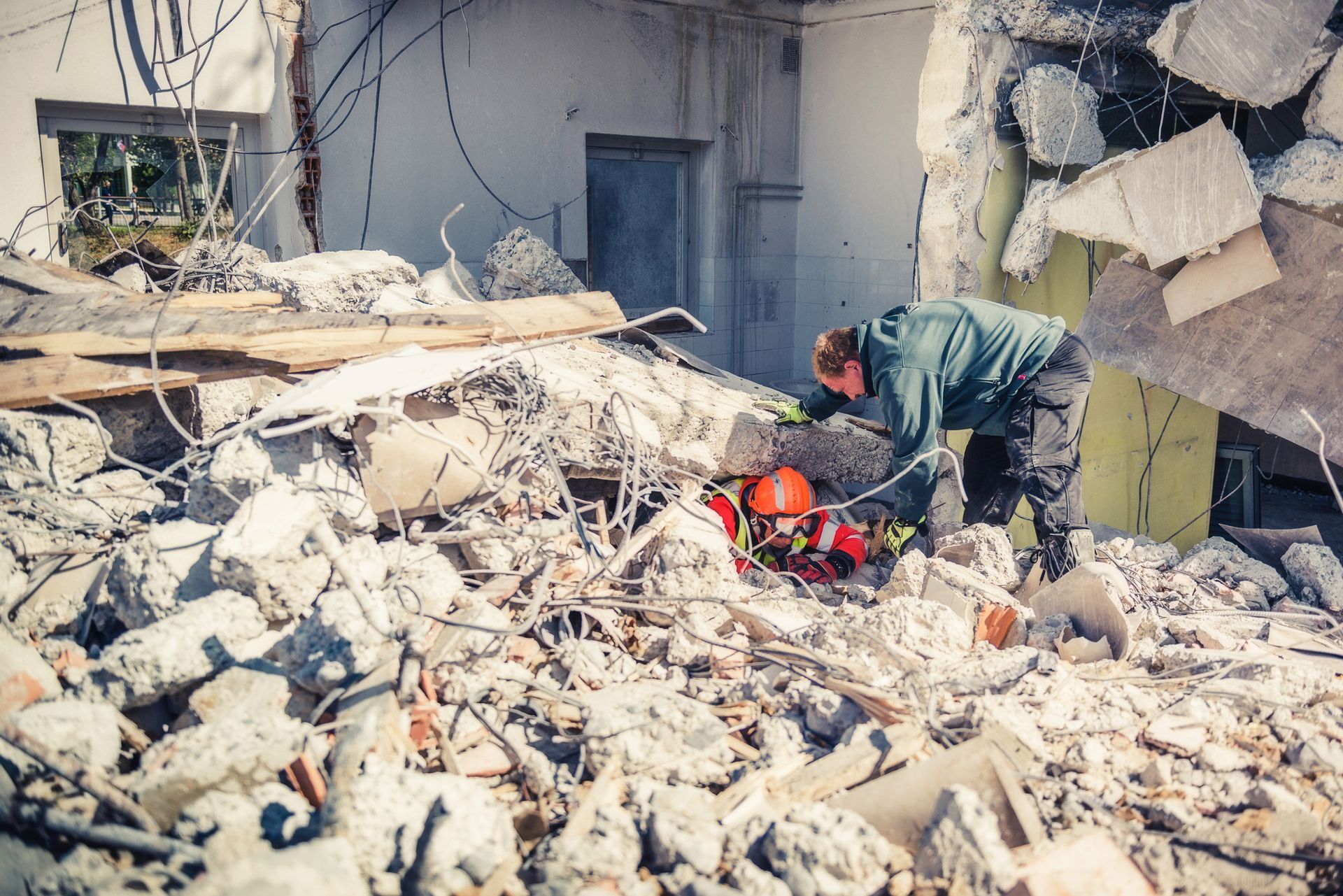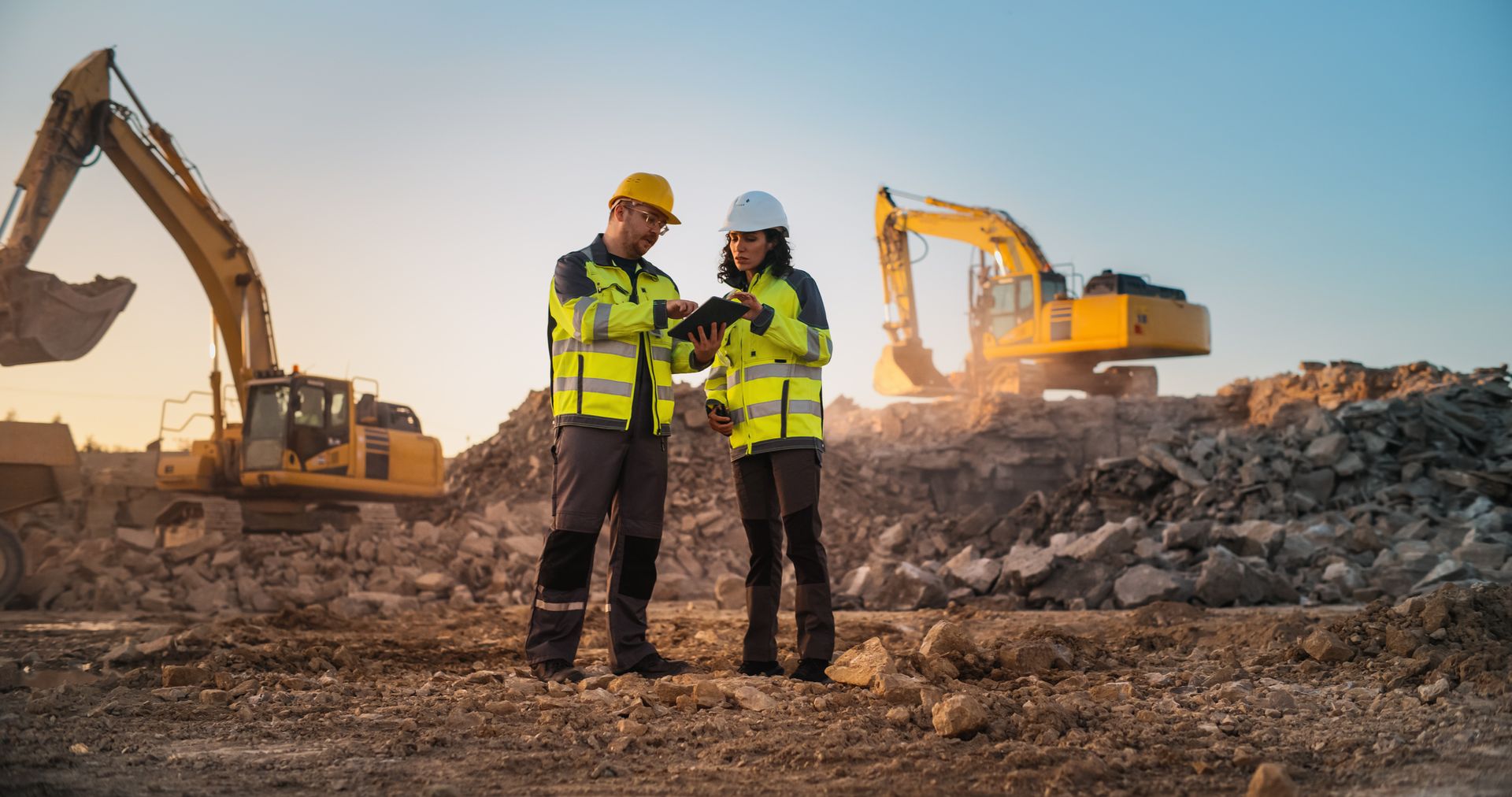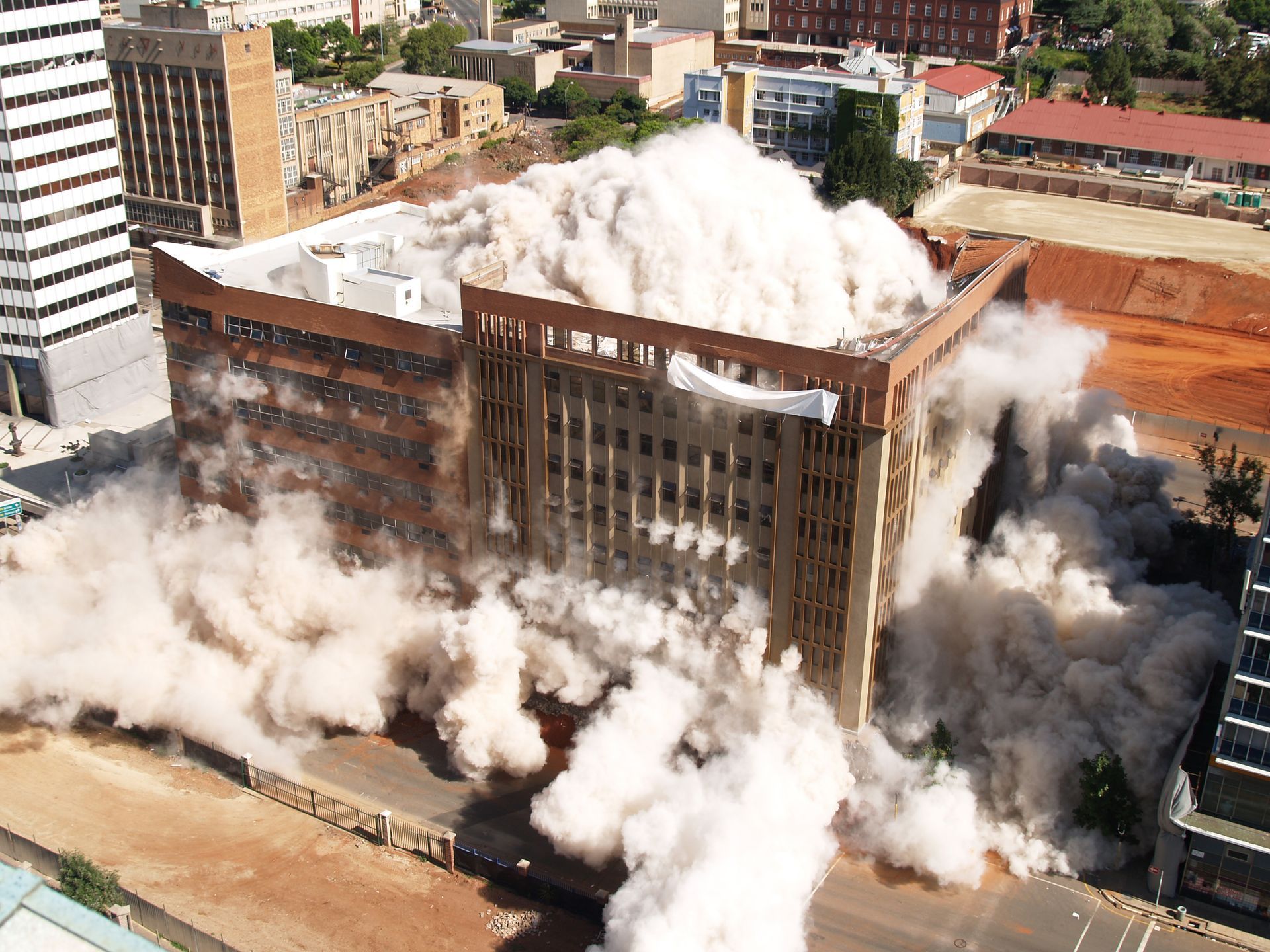Asbestos Abatement In Commercial Properties Vs. Homes: Key Differences
For decades, asbestos was in construction across the U.S. Its durability, fire resistance, and affordability made it a go-to material for insulation, flooring, siding, and ceiling systems from the 1940s through the late 1970s. Only later did the serious health risks, including mesothelioma, asbestosis, and other respiratory illnesses caused by inhaling asbestos fibers, become clear.
Despite regulations restricting its use, asbestos remains present in many older buildings both commercial and residential. That means real estate developers, facilities managers, and even homeowners can encounter it when planning a renovation, demolition, or major repair. While the basic goal is always the same safe removal and disposal the way asbestos abatement is managed differs significantly between commercial and residential settings.
Why Regulations Differ Between Commercial and Residential Abatement
Commercial Buildings: A Stricter Environment
Several federal agencies regulate commercial asbestos abatement, and rules are designed to protect workers, tenants, employees, and the public.
OSHA regulates worker safety, including personal protective equipment, exposure monitoring, and training requirements.
EPA standards cover emissions, waste disposal, and air quality.
State and local agencies add another layer of oversight, often requiring permits, notification of nearby occupants, and detailed clearance testing.
One of the most significant distinctions is that commercial projects nearly always require licensed, certified asbestos contractors. Air monitoring is mandatory, both during and after removal, and strict documentation is needed to prove compliance.
Residential Properties: More Flexibility, but Still Regulated
Homeowners face fewer obstacles, but that does not mean asbestos should be ignored. In some cases, owner-occupied residences may be exempt from specific requirements. In some jurisdictions, homeowners could legally remove asbestos from their own property, though this is not safe or practical.
Even when rules are less strict, state agencies and landfills still regulate waste handling and disposal. This means homeowners cannot simply throw asbestos-containing materials in with regular trash. Any hired contractor must also comply with local licensing and safety requirements.
While residential abatement can be less complex, both settings require compliance with health and safety standards. Cutting corners exposes owners to legal risks and potential health consequences.
Cost Factors in Commercial vs. Residential Abatement
Why Commercial Projects Cost More
Abatement in a large office building, retail center, or industrial site comes with higher costs for several reasons:
Scale: More square footage means more material to remove and dispose of.
Complex building systems: HVAC, electrical, and mechanical systems spread throughout multiple floors require specialized containment.
Labor certifications: A larger crew of licensed professionals increases labor expenses.
Containment and monitoring: Setting up negative air systems and multiple abatement zones adds time and equipment costs.
A commercial project might span several hundred thousand square feet, requiring staged removal that extends over weeks or months. Costs reflect not only removal but also the planning, compliance, and testing involved.
Residential Abatement Costs
Abatement for a home is typically smaller in scope but can still be expensive depending on the materials involved.
Single-area removal: Removing asbestos floor tile from a basement might cost only a few thousand dollars.
Whole-home abatement: If asbestos is found throughout a home, such as in insulation, siding, and flooring, the price can climb quickly.
Other factors, such as whether the home is vacant, the accessibility of the worksite, and the volume of material, also influence costs. While totals are usually less than those for commercial projects, residential property owners are often surprised by how quickly expenses add up.
Timelines and Scope of Work
Commercial Projects: Phased and Coordinated
In commercial settings, asbestos abatement rarely happens in isolation. It is typically tied to a larger demolition or renovation project, and scheduling must align with other contractors.
Staged removal: Crews may work floor by floor or section by section to minimize disruption.
Tenant considerations: In mixed-use or multi-tenant buildings, abatement may need to occur during off-hours or in phases to allow businesses to remain operational.
Extended clearance testing: Because commercial projects involve more people and larger systems, air monitoring and clearance testing may take additional time before re-occupancy is permitted.
Residential Projects: Faster but Still Careful
A homeowner's scope is usually limited to one or two areas. Removing pipe insulation or attic materials can often be completed within days.
However, unexpected discoveries such as additional asbestos in flooring adhesives or drywall can extend timelines. Laboratory testing of samples, while faster now than in the past, still takes time and can delay work until results confirm whether materials contain asbestos.
Technical Challenges Unique to Commercial Properties
Abatement in a home is typically a straightforward process: isolate the work area, remove the asbestos, dispose of it properly, and conduct clearance testing. Commercial properties add layers of complexity:
Multi-tenant environments: Contractors must ensure minimal disruption to occupants while maintaining airtight containment.
Waste volume: Commercial abatement produces larger amounts of hazardous waste, requiring licensed haulers and specialized disposal arrangements.
Containment systems: Multiple negative air pressure units and decontamination chambers may be needed to maintain safety across large sites.
Specialized structures: Industrial plants and older office towers often have asbestos integrated into mechanical systems, requiring technical removal strategies.
These challenges make it critical to engage contractors with extensive commercial experience, as mistakes can lead to costly delays and compliance issues.
Safety Protocols and Legal Liability
Both commercial and residential abatement share common safety practices, but liability and enforcement differ.
Worker protection: Crews must use respirators, protective clothing, and decontamination systems.
Air clearance: Projects conclude only when independent testing confirms that airborne fiber levels meet safe thresholds.
Legal and financial penalties: Commercial property owners face higher fines for violations and potential lawsuits from tenants or employees exposed to asbestos.
Homeowners may face fewer penalties, but improper removal can lower property value and could complicate future sales.
Insurance considerations: Commercial policies often require detailed compliance records, while residential insurance may not cover asbestos-related costs at all.
In short, safety is non-negotiable, and the liability risks are greater for commercial managers who cut corners.
Why Partnering with a Certified Commercial Demolition Company Matters
Since asbestos is often found during demolition or large-scale renovation, integrating abatement with demolition planning makes sense. A certified commercial demolition company can:
Coordinate scheduling: Align abatement and demolition to minimize downtime.
Ensure compliance: Experienced firms maintain the necessary certifications and documentation.
Simplify project management: One contractor overseeing both abatement and demolition reduces communication gaps.
Lower risks: Proper handling avoids regulatory violations, delays, and potential exposure claims.
Hiring a certified abatement contractor ensures safety for residential owners. However, choosing a full-service demolition partner offers a clear advantage in efficiency and compliance for commercial managers.
Matching the Strategy to the Property Type
The approach to asbestos abatement depends heavily on whether the property is commercial or residential. Stricter regulations govern commercial projects, involve more complex technical challenges, and come with higher costs and liability risks. Residential projects, while generally smaller and faster, still require careful handling to protect you and your family and maintain your property value.
In both cases, the safest and most reliable path forward is to work with a certified asbestos abatement and commercial demolition services provider.
By matching the right strategy to the property type, managers and property owners can keep projects on schedule, remain compliant, and ensure the health and safety of everyone involved. Call Schaaf Excavating Contractors today to learn more about our commercial asbestos abatement services!

Author: Tim Schaaf
Owner & Founder of Schaaf Excavating Contractors.
